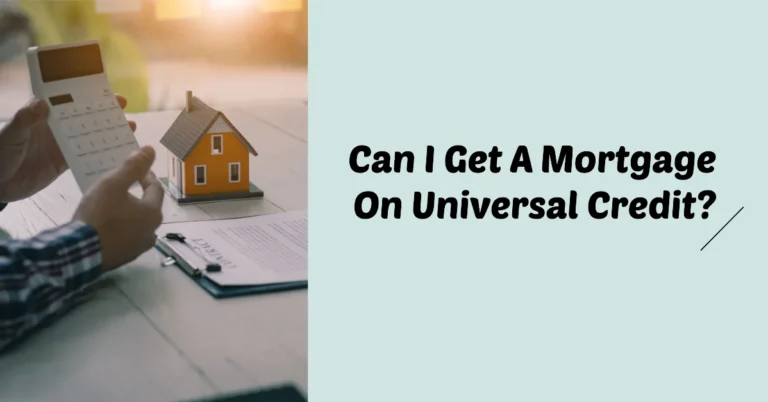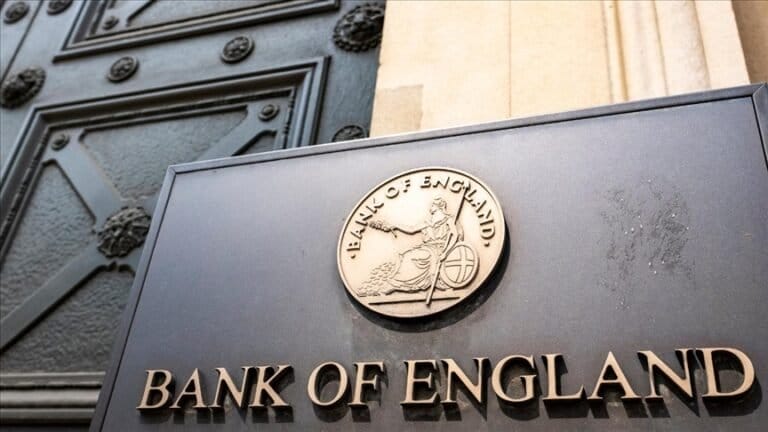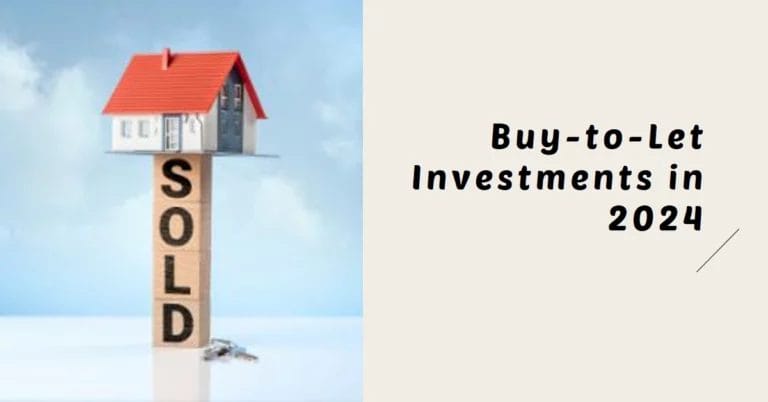From Rates To Hidden Fees: The Complete Guide To Bridging Loan Costs!
Taking out a bridging loan can get pricey pretty fast. At Expert Mortgage Brokers, we want you to understand all the fees so you can make the best choice.
Bridging loans charge higher interest rates than normal mortgages – usually 8-12% APR. That interest rate determines your monthly payments. On top of that, you’ll pay fees like:
- An arrangement fee to the lender, often 1-2% of the total loan amount
- A valuation fee for the lender to assess the property, around £200-£800
- Legal fees to handle the paperwork, approximately £800-£1200
- Early repayment charges if you pay it off before the end date
Bridging loans let you borrow quickly, but the high costs mean you should also look at other options like seller financing or short-term mortgages. However, when you need cash fast to secure a time-sensitive property deal, a bridging loan can be worth the extra fees.
At Expert Mortgage Brokers, we want to make sure you understand the full cost picture of a bridging loan. Let’s find out the cost of a Bridging Loan in Detail.
How much does a bridging loan cost?

We break it down so you know the true cost of a bridging loan:
- Bridging loan arrangement fees: Lenders charge 1-3% of the total loan as an “arrangement fee” just to set it up. On a £500,000 loan, that’s £5,000-£15,000 right off the bat. We may be able to get this fee waived for large loans.
- Monthly interest rates: You’ll also pay around 1% of the loan per month in interest. On a £500,000 loan, expect to pay £5,000 monthly in interest alone. That’s a ton compared to a normal mortgage!
- Deposit: Expect to put down at least 25% of the property’s value, sometimes 20% if you’re lucky.
- Exit fees: Some lenders hit you with an “exit fee” of around 1% when you finish paying off the loan. That’s another £5,000 on a £500,000 loan.
- Broker fees: Brokers take 0.5-2% to arrange the deal for you.
- Legal costs: You’ll pay the lender’s legal fees to handle all the paperwork. These average £950 + VAT for a £500,000 bridging loan.
- Valuation report cost: Lenders make you pay £250-£1000 for a valuation report on the property. Big loans sometimes waive this.
- Admin fees: Finally, lenders typically charge £500 just for administrative fees.
Feeling lost about all the bridging loan fees?
We Get It – There’s A Lot to Wrap Your Head Around.
At Expert Mortgage Brokers, we want to make sure you understand every single bridging loan fee before you commit.
That’s why we offer a FREE 30-minute call with our experts to break it all down.
We’ll clarify any confusing fees, explain the true total cost, and help you decide if a bridging loan is right for your situation.
You’ll get personal guidance from start to finish – with no high-pressure sales tactics.
Don’t get stuck paying fees you don’t understand. Book a FREE call today and finally get answers from pros you can trust.
What’s the typical interest rate on a bridging loan?
Bridging loans charge monthly interest, not yearly like normal loans. Here’s what to expect:
- Open bridging loans – 0.5% to 0.75% per month. That’s 6% to 9% yearly.
- Closed bridging loans – 0.35% to 0.6% monthly. Around 4.2% to 7.2% annually.
- Big loans over £1 million – 0.85% or higher monthly.
- Loans for commercial property – Around 1% per month usually.
- Refurbishment loans – Can be 1% to 1.5% monthly because they’re riskier.
Overall, expect to pay 6-12% APR on a bridging loan depending on the type. Having 20-30% equity in the property helps get better rates.
At Expert Mortgage Brokers, we want you to understand the real monthly and yearly interest costs so you know what to expect from a bridging loan.
Key factors that affect bridging loan interest rates

Here are the main things that impact what interest rate lenders will offer:
Your loan-to-value (LTV) ratio
The LTV ratio compares how much you’re borrowing to the property’s value. This is the #1 thing that decides your rate.
The lower your LTV, the better the rate you’ll get. Here’s how it works:
- 50-60% LTV gets the lowest rates.
- At 50% LTV, you may pay around 0.6% interest monthly.
- 75% LTV will be much higher, around 0.9% monthly.
- 100% LTV is possible but has the highest rates. Hard to get approved.
The Bank of England base rate influences bridging loan rates too. But each lender sets their own rates on different property types and borrower situations.
At Expert Mortgage Brokers, our mortgage experts have connections to get you matched with lenders who will view your specific situation positively. That’s key to getting approved at the best possible rate.
The bottom line: Aim for the lowest LTV you can manage. That’s what really moves the needle on lowering your bridging loan interest rate.
How much do you borrow and the loan term
When getting bridge finance in the UK, the amount and length impact your rate.
If you only need the loan short term, we may get you a lower interest rate. Here’s how it works:
- Loans under 6 months often have the lowest rates.
- 12 month terms are common and still get reasonable rates.
- Over 18 months, rates progressively go up.
If you have an “exit strategy” like a buyer lined up for your old property, tell us. We can make the case for a lower rate if your bridging loan won’t be needed for the full term.
So, when looking to get a bridging loan in the UK, keeping the amount and term shorter gives the best shot at lower interest rates.
Property condition and your plans
The riskier your project seems, the higher your rates and fees may be when using a bridging loan.
Major renovations or conversions are seen as risky by lenders. Expect to pay 1-1.5% monthly interest on refurbishment loans, increasing your overall cost.
We’ll ask for all the details of your plans upfront. That way, we can match your case with lenders that are comfortable with your specific property situation.
The bottom line: be honest with us about your plans and the current condition. Riskier projects will have higher rates and fees. But by finding the right lender match, we can minimize the impact on your overall bridging loan cost. Let me know if you have any other questions!
Regulated vs unregulated loans
Whether added to the loan or not, regulated loans have lower rates.
If it’s your home, the bridging loan is regulated for your protection. Rates are typically 0.3-0.5% lower monthly.
But there are fewer regulated lenders, so your options are more limited for the best bridging loan.
Unregulated loans are for investment properties with tenants. More lenders offer these, but rates are higher.
Regulated loans have more legal hoops. So lenders see them as lower risk and offer better rates.
Location of the property
With certain locations, bridging loan lenders may charge higher rates. They worry about being able to repay the loan at the end.
If the property is rural or remote, they may think it’s harder to sell or get a mortgage to repay your bridging loan size.
- Northern Scotland and rural Northern Ireland have the toughest financing.
- Awkward locations could also make renovations and development more difficult.
These areas are seen as higher risk by lenders. So they often charge 0.1-0.3% more monthly interest.
The bottom line: while any UK property can qualify, rural or remote locations often have slightly higher bridging loan rates due to perceived risk. But a good bridging loan broker will still search for your best financing options.
Your credit history
With bridge finance, your rate is based more on the property than your finances.
But your credit still matters some. Here’s how it impacts your rate:
- Great credit can potentially lower your rate a little.
- Bad credit means you’ll likely pay 0.1-0.3% higher interest.
- Poor credit doesn’t exclude you though. You can still get a bridging loan when you may not qualify for a mortgage.
While credit history isn’t a deal breaker, better credit means lenders see you as a lower risk. That can result in a slightly good bridge loan rate. Let me know if you need any clarification or have additional questions!
RECOMMENDED READS:
How is interest charged on a bridging loan?

When getting a loan from a bridging lender, you’ll pay interest in one of these 3 ways:
- Monthly Interest – Just like a normal mortgage, you make interest payments each month while the gross loan amount stays the same.
- Rolled-Up Interest – For no monthly payments, the interest just gets added to the total amount due at the end when the loan is paid off.
- Retained Interest – The total interest for the loan term is calculated upfront and added to the original loan amount you receive.
With options 1 and 3, you make monthly interest payments so the amount owed doesn’t grow.
With rolled-up interest, avoiding monthly payments means the total owed gets larger each month as unpaid interest accumulates.
RECOMMENDED READS:
How to get a cheap bridging loan
The bridging loan interest rate you’ll pay depends on more than just comparing numbers.
The lowest-rate loan may not work if you need funds ASAP. Or you could get rejected and hurt your credit.
At Expert Mortgage Brokers, our brokers access lenders you won’t find anywhere else. We compare factors beyond just rate and fees.
For instance, we match you with lenders likely to approve you. Even if you have bad credit, we can often still arrange bridging loans.
And we prioritize fast access to funds when needed. By loan end, it’s not just how much a bridging loan costs but whether it solved your problem.
Our brokers tailor options to your unique situation. We help avoid rejection and aim to minimize the loan interest rate you’ll pay.
For a free consultation with no obligation, call 0808 189 2301. Let’s review your options for the best, cheapest bridging loan for your needs.







